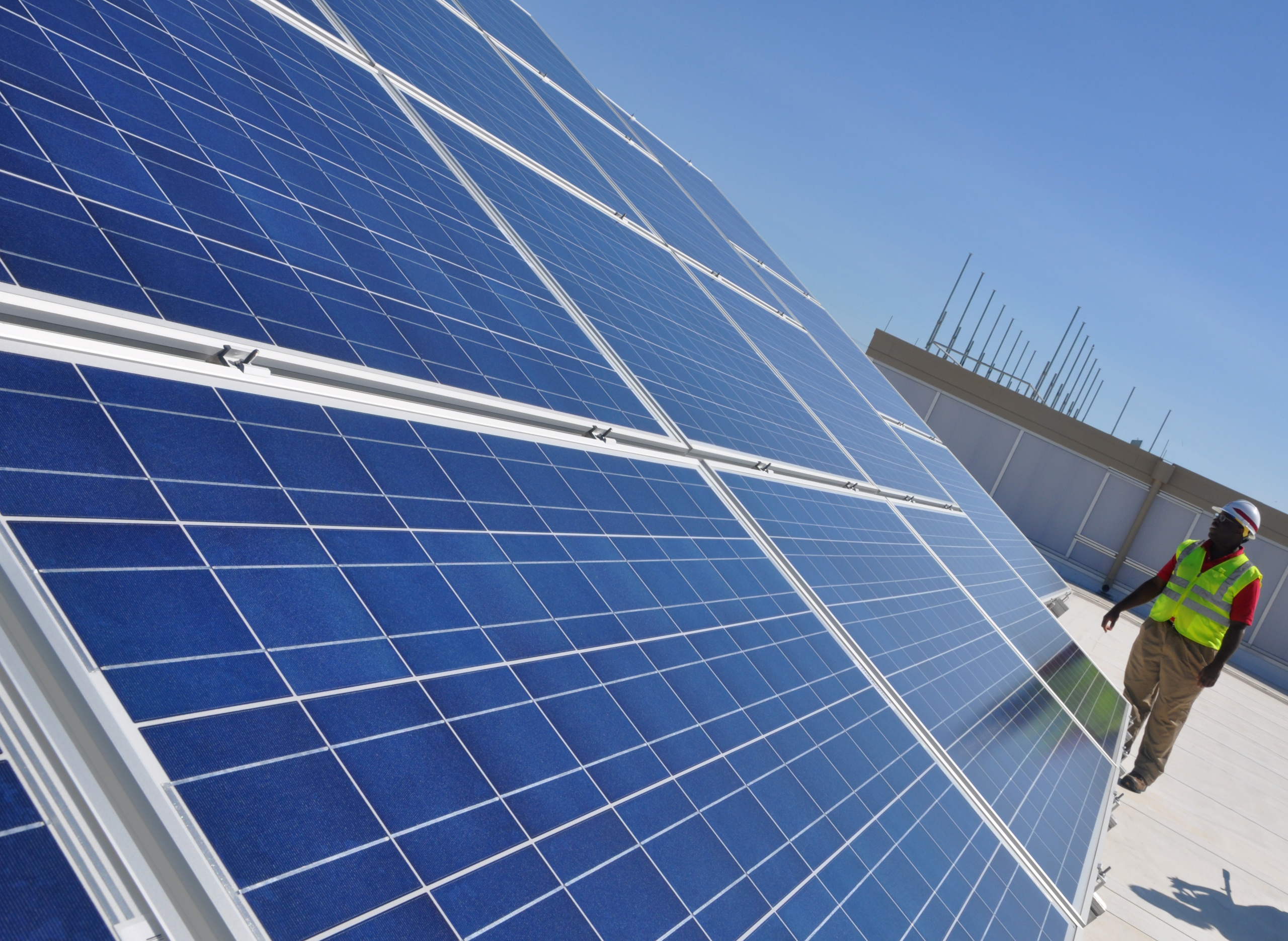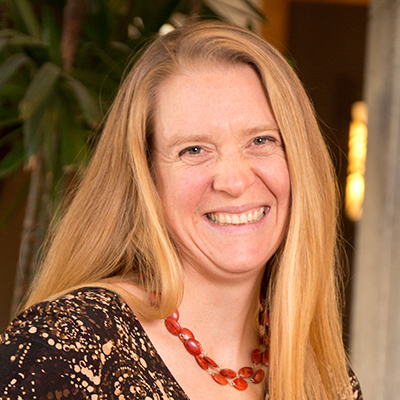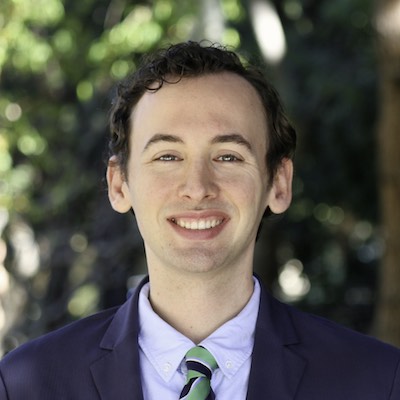
How to get to 100% clean energy with today’s technologies
Stanford Professor Mark Jacobson and Environment America’s Johanna Neumann discuss how today’s technologies can achieve 100% renewable energy
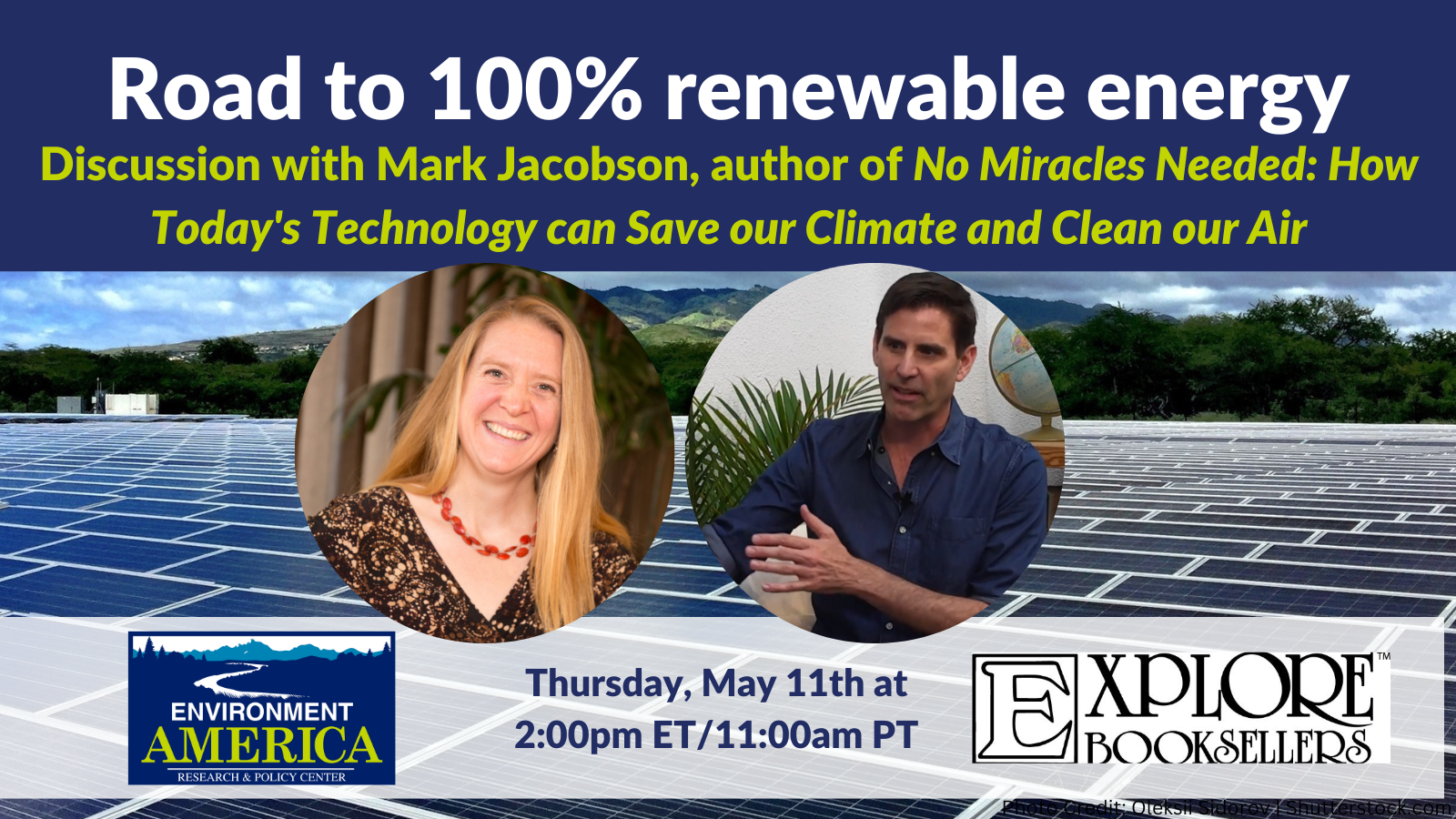
On May 11, 2023, Environment America Research & Policy Center and Explore Booksellers hosted renowned climate author and Stanford Professor, Dr. Mark Jacobson, for a webinar discussing the findings of his new book along with Johanna Neumann, the Senior Director of Environment America Research & Policy Center’s Campaign for 100% Renewable Energy. Their conversation touched on clean energy solutions for every sector of our economy, offered brief histories of today’s clean energy technologies, and additionally explained which technologies are not needed as the world moves toward 100% renewable energy. Jeff Bernstein, the Programming Director at Explore Booksellers, served as emcee of the event.
Watch the webinar recording below, and continue reading for key takeaways from the event.

Recording of Road to 100% Renewable Energy with Dr. Mark Jacobson
What technologies will we need to reach 100% renewable energy?
Dr. Jacobson began by outlining the urgent need for the United States and the world to transition to a 100% clean energy economy. Burning fossil fuels for energy produces climate pollution and air pollution that harms our health and our environment. He noted how transitioning to 100% renewables eliminates air pollution problems, eliminates carbon, and provides energy security. According to Dr. Jacobson, the world needs to quickly transition to clean energy solutions including wind, water, and solar to save our climate and clean up our air. This wind, water, and solar (WWS) solution calls for providing electricity and heat for all sectors including transportation, hearing/cooling, industry, and electricity with 100% wind, water (including geothermal), and solar power. Energy storage is also an important piece of the puzzle, enabling clean energy to be stored to use around the clock and boosting energy reliability.
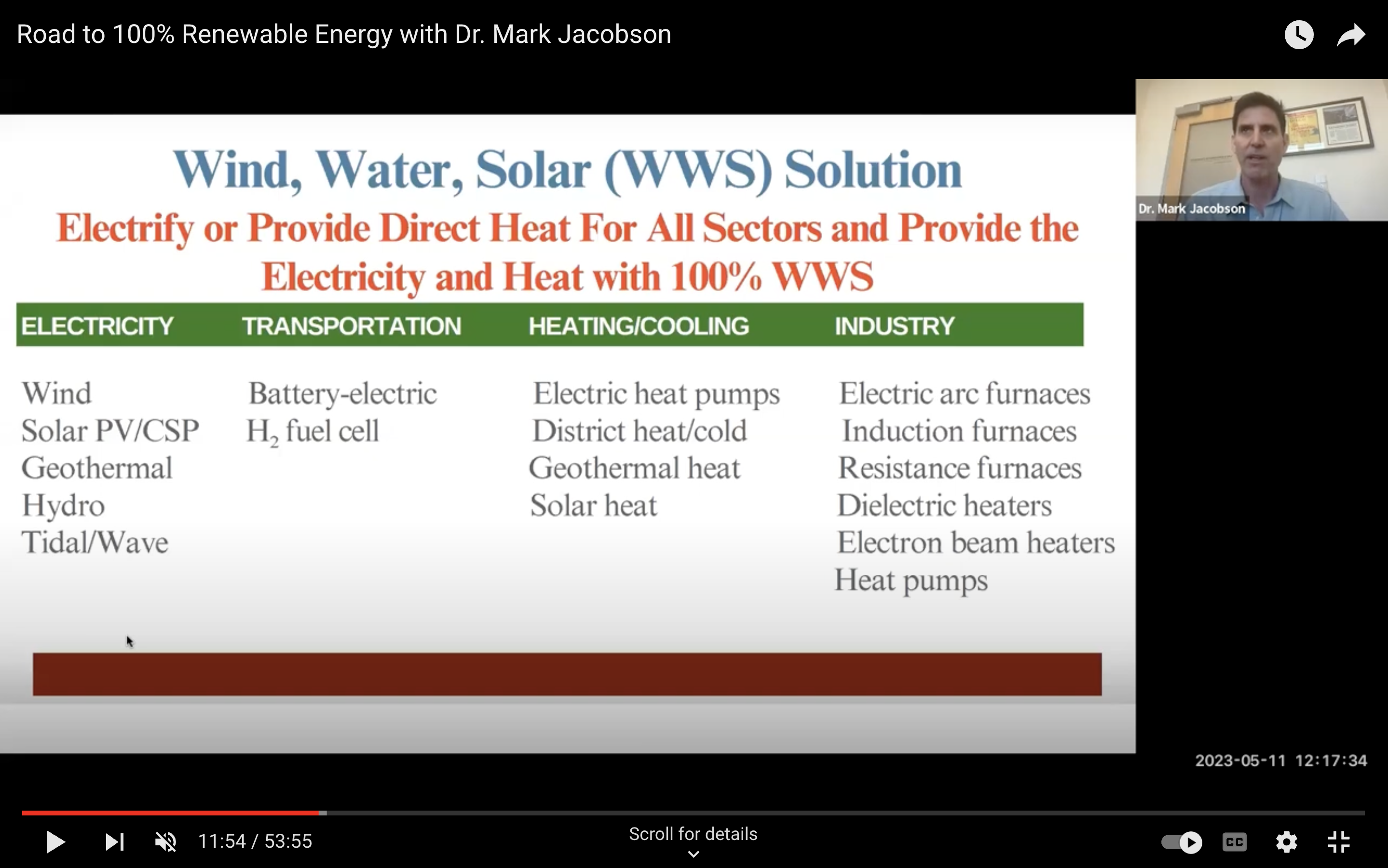
What technologies are not needed in a 100% renewable future?
In addition to outlining clean energy solutions for all sectors of the economy, Dr. Jacobson highlighted which technologies are not needed for the clean energy transition. While most sectors can be electrified, he believes there will be a few uses for hydrogen fuel cells like for long-distance heavy transportation, and that hydrogen should only be produced from clean sources. “We need to focus on clean, renewable energy- not things that extend the life of the fossil fuel industry,” said Jacobson, referring to technologies such as carbon capture, direct air capture, and blue hydrogen. Dr. Jacobson also characterized nuclear power as a distraction because it takes much longer to build and is much more expensive than renewable solutions like wind and solar power. “There are faster, cheaper, cleaner ways that we can meet our energy needs,” said Johanna Neumann, noting that we still haven’t solved the issue of disposing and storing harmful waste produced by nuclear power plants.
The key going forward is focusing on the things that we know work and can be implemented as fast as possible.Dr. Mark Jacobson
Director of the Atmosphere/Energy Program at Stanford University
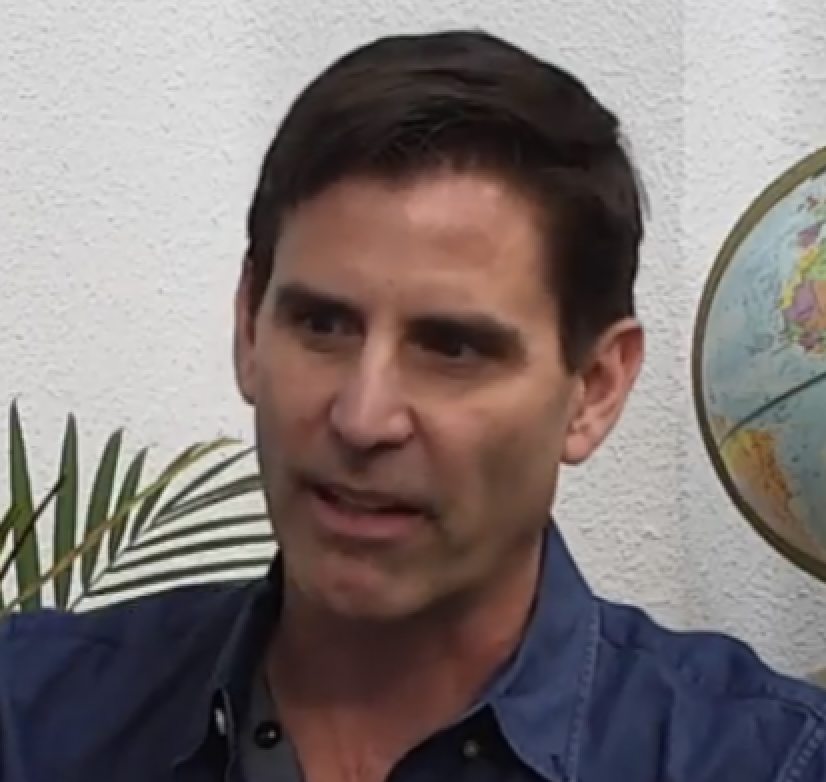
Next, Dr. Jacobson outlined how to transition individual homes to run on electricity and storage, with no gas. Technologies like rooftop solar with battery storage, electric heat pumps for heating and cooling, electric heat pump water heaters, and electric induction stoves give consumers the ability to electrify their lives and reap the health and financial benefits of a clean energy home. He emphasized the substantial costs avoided through electrification, including no more electric, natural gas, or gasoline bills and less indoor air pollution.
Dr Jacobson further outlined progress to date of the 62 countries around the world that have committed to 100% renewable electricity and the 19 U.S. states and territories that have enacted laws or executive orders to reach 100% clean energy. As for state policies to achieve 100% clean energy, Dr. Jacobson recommended implementing renewable portfolio standards for all sectors, not just for the energy sector. Implementing 100% renewable and zero-emission standards for new and existing buildings, transportation, industry, and energy would all help states reach a future powered by clean energy.
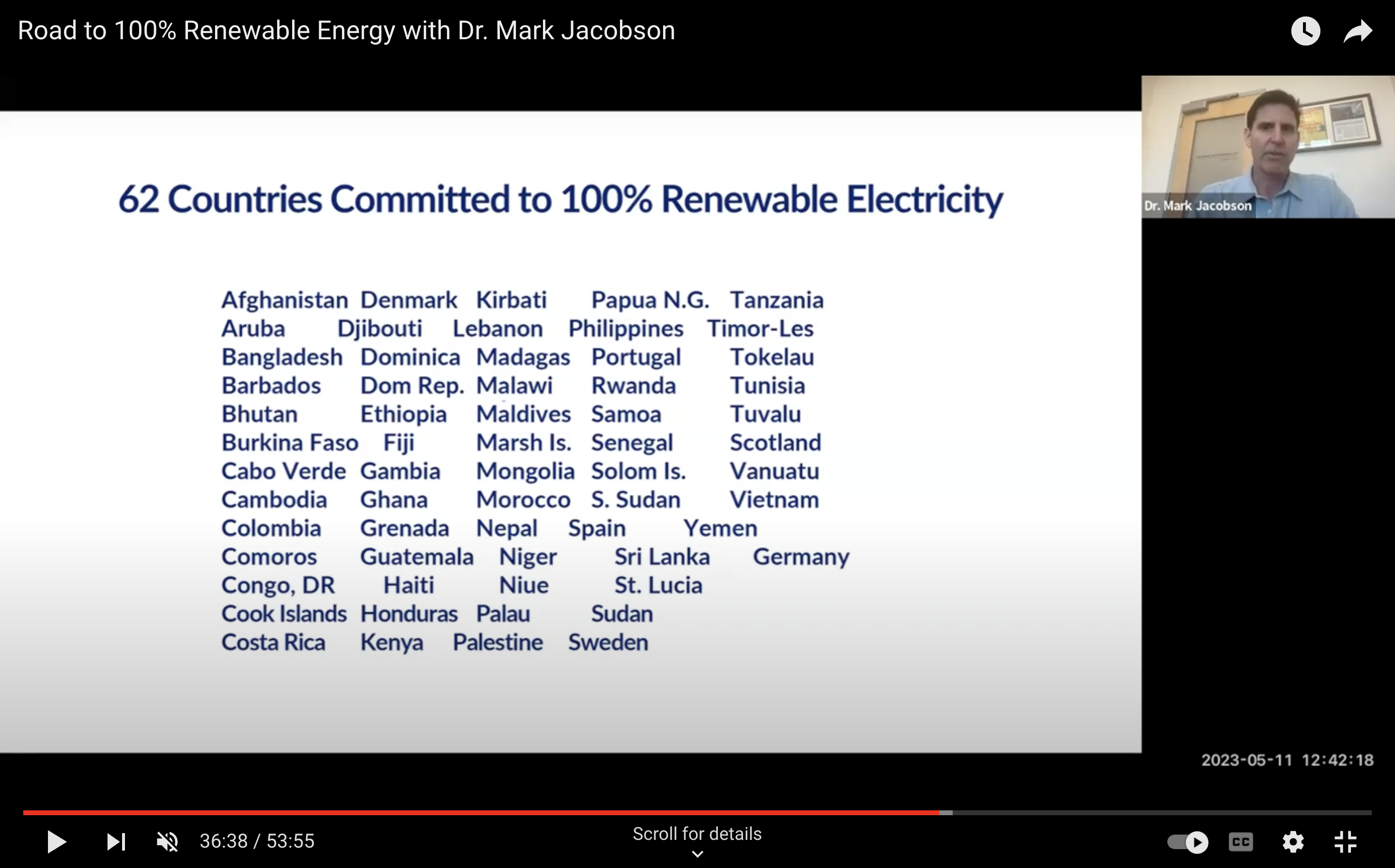
“We have to focus on clean renewable energy- things that work. That’s the only hope we really have of solving this problem in a timely manner,” Dr. Jacobson concluded. “The exciting thing is we can solve it. It’s just a matter of getting our policies and our practices and our focus aligned with that goal,” replied Neumann.
Dr. Jacobson’s new book, No Miracles Needed: How Today’s Technology Can Save Our Climate and Clean Our Air, is available for purchase from Explore Booksellers.
Learn more about how to make your home a clean energy home with Environment America’s Clean Energy Home Toolkit, which includes guides on how to take advantage of new clean energy incentives to go solar, purchase an electric vehicle, electrify your home and appliances, and more.
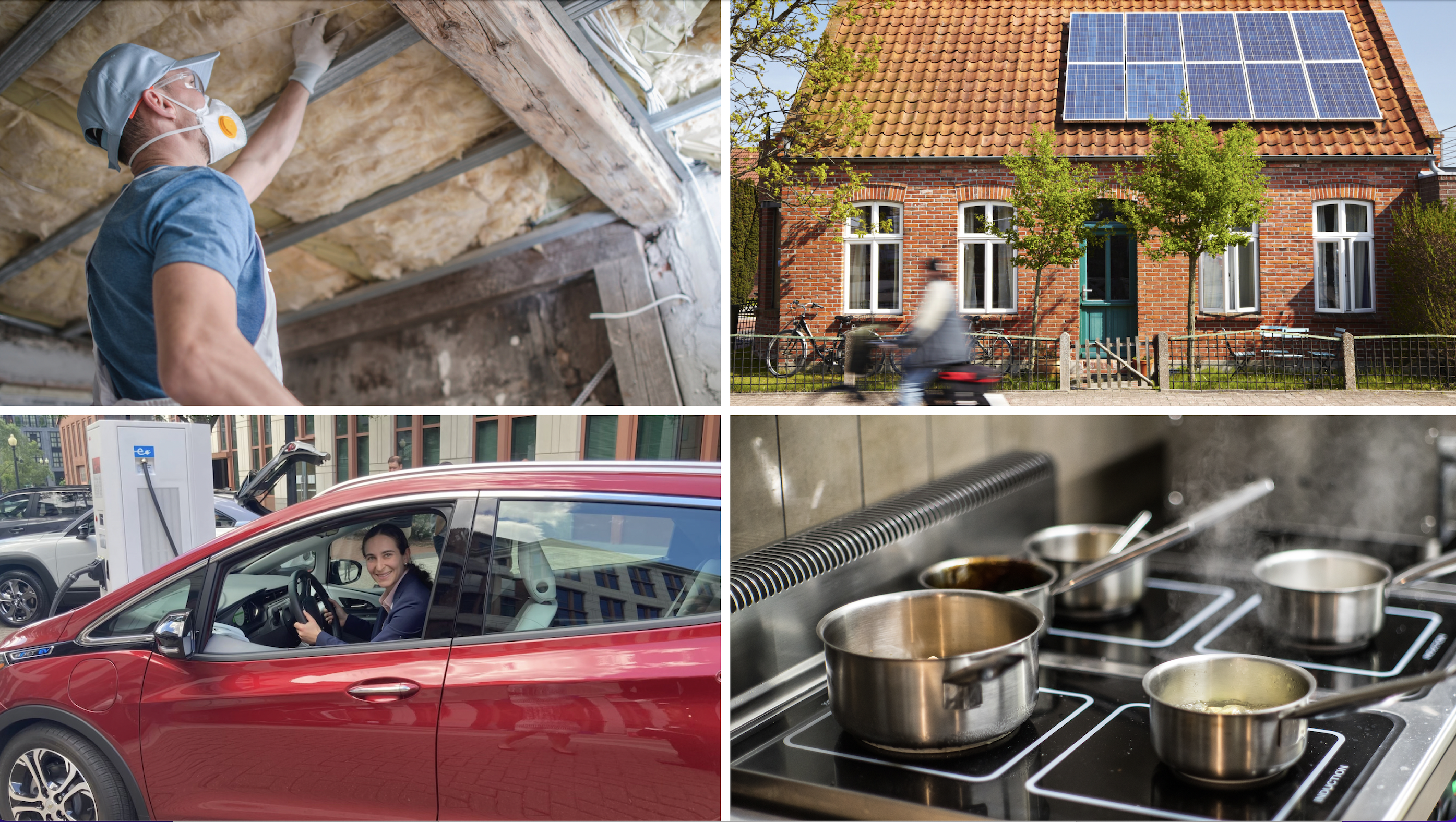
Clean Energy Home Toolkit
Topics
Authors
Steven King
Clean Energy Advocate, Environment California Research & Policy Center
Steven leads Environment California’s campaigns to increase clean, renewable energy throughout the Golden State, spearheading efforts to transition away from dangerous fossil fuels and address climate change. Steven lives in Los Angeles where he enjoys spending time outdoors, watching his favorite L.A. sports teams, and playing the trombone.
Johanna Neumann
Senior Director, Campaign for 100% Renewable Energy, Environment America Research & Policy Center
Johanna directs strategy and staff for Environment America's energy campaigns at the local, state and national level. In her prior positions, she led the campaign to ban smoking in all Maryland workplaces, helped stop the construction of a new nuclear reactor on the shores of the Chesapeake Bay and helped build the support necessary to pass the EmPOWER Maryland Act, which set a goal of reducing the state’s per capita electricity use by 15 percent. She also currently serves on the board of Community Action Works. Johanna lives in Amherst, Massachusetts, with her family, where she enjoys growing dahlias, biking and the occasional game of goaltimate.
Find Out More
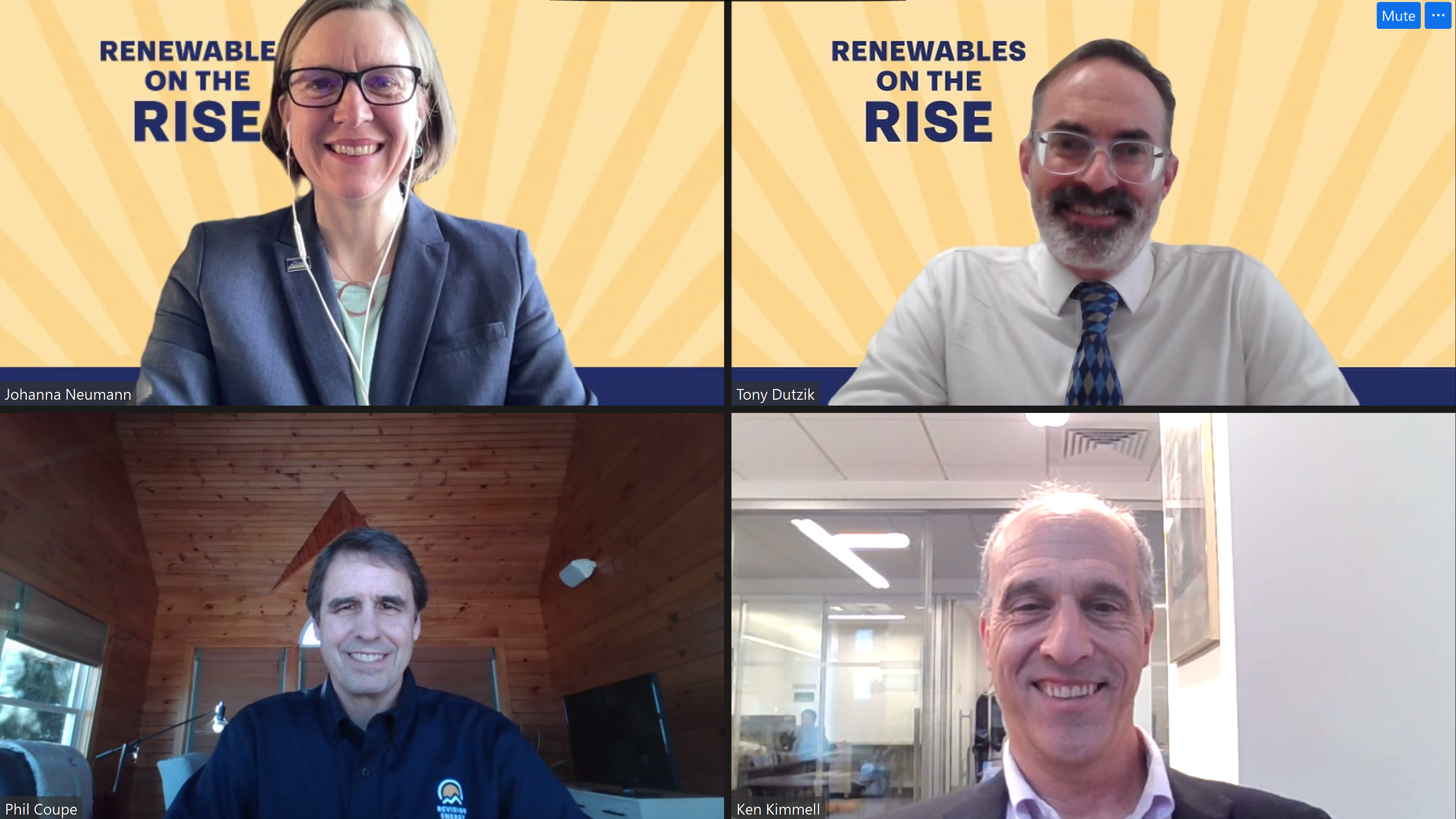
Key takeaways from Renewables on the Rise: Success Stories
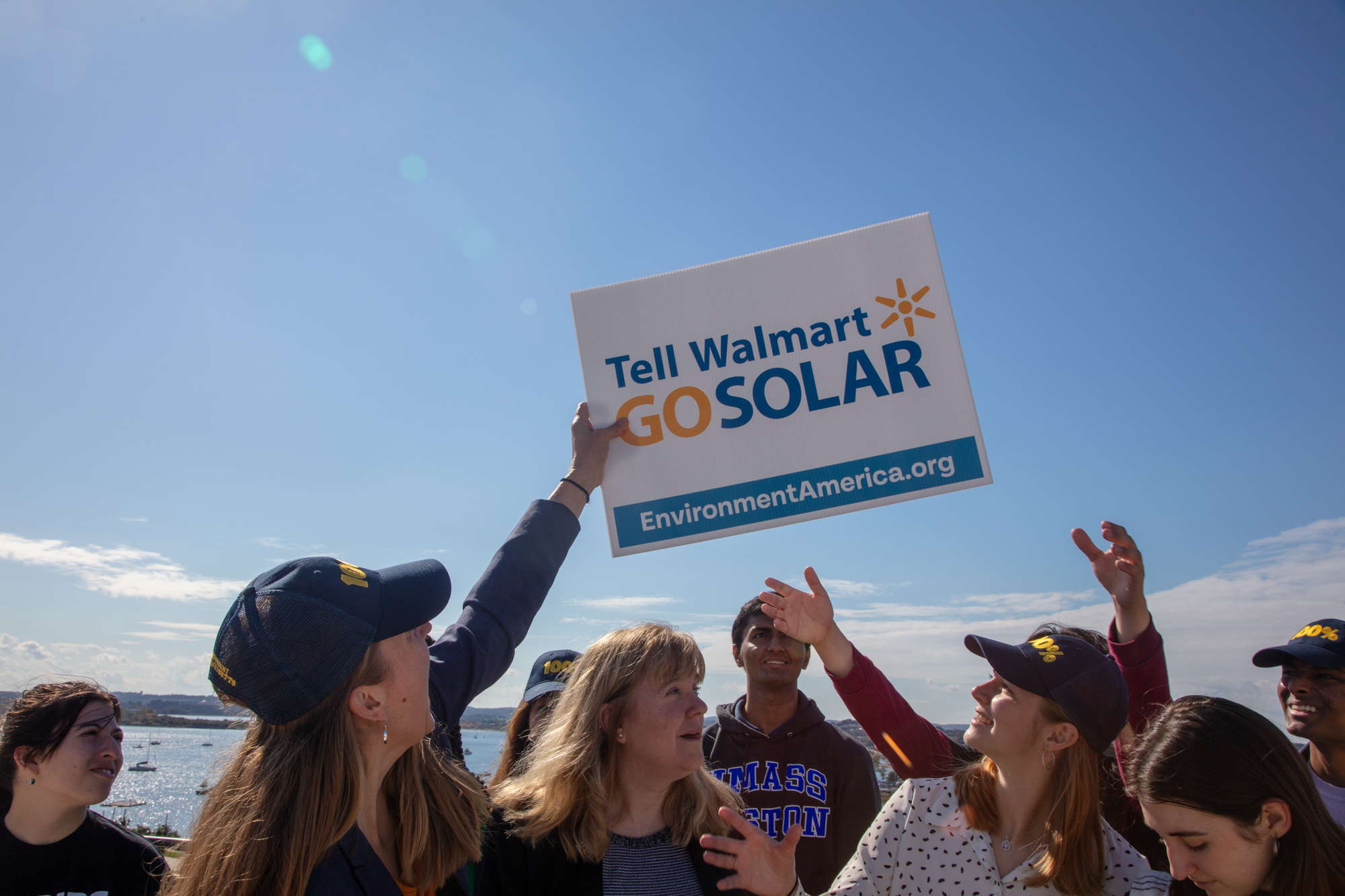
Which 10 American retailers can lead the way on rooftop solar?
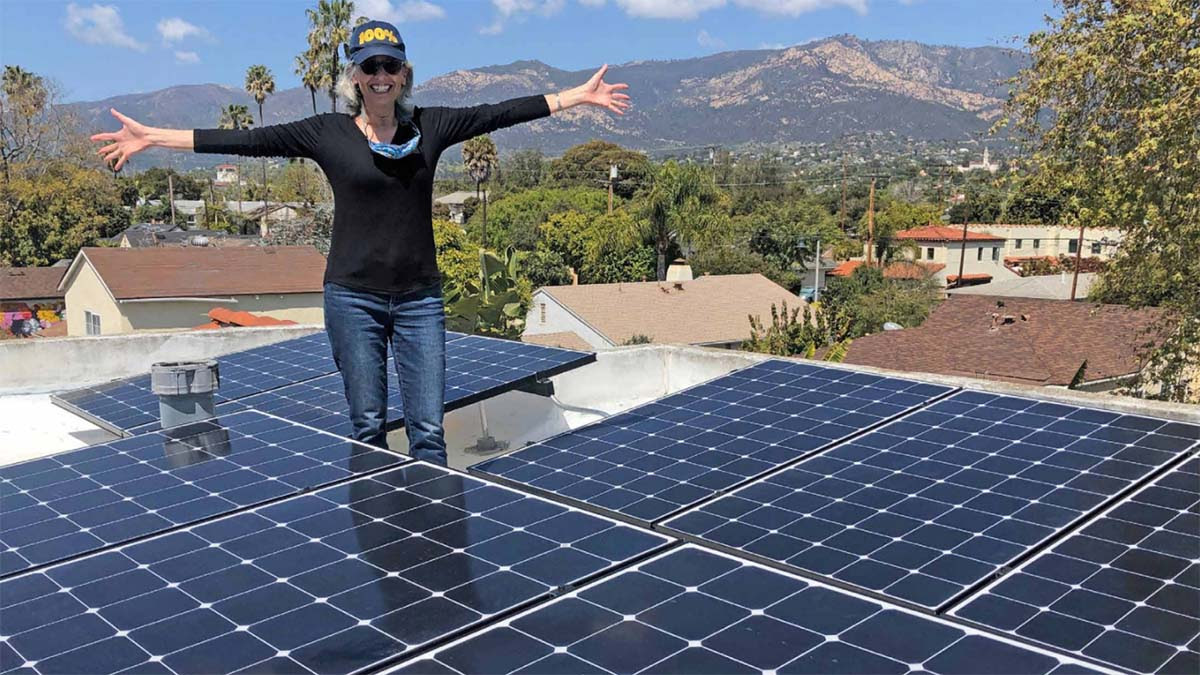
More rooftop solar, less red tape
